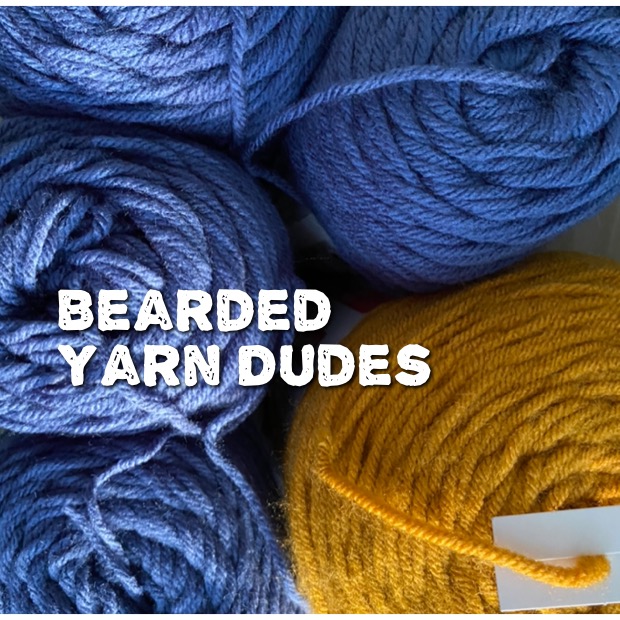Please note: I make all my hat patterns free of charge to inspire crocheters to make hats for charity, particularly for Hat Not Hate. Please feel free to redistribute this pattern, so long as you include this note and credit the pattern creator.
This hat uses the hugs & kisses (or Xs and Os) stitch. This would be a great complement to the Hugs & Kisses Scarf available on Ravelry and Etsy.
Yarn: Any worsted weight yarn, such as Lion Brand Pound of Love. Would also work with a DK weight yarn.
Hook: 5.5 mm/I
Stitches: Chain (ch), single crochet (SC), back loop single crochet (BLSC), double crochet (DC), slip stitch (SS)
Puff stitch: There are many types of puff stitches, but this is the type for this pattern—DC4tog ([YO, insert, pull through loop, YO, pull through 2 loops] work bracketed instructions 4 times for a total of 5 loops remaining on the hook; YO, pull through all 5 loops), ch1
Cross stitch: Skip 1, DC in next st or sp, DC in the skipped st or sp, working behind the DC just worked.
Method:
Create initial disc:
- Ch 4, slip stitch to join (SSTJ) into a ring. Ch 3 (counts as DC here and throughout), work 11 more DCs. SSTJ in top of ch 3. (12 DC total, including ch 3)
- Ch 3, DC in same stitch, 2 DC in each DC from previous round. SSTJ in top of ch 3. (24 DC total)
- Ch 3, 2 DC in next st, [DC in next st, 2 DC in next st] repeat bracketed instructions to end of round. SSTJ in top of ch 3. (36 DC total)
- Ch 3, DC in next st, 2 DC in next st, [DC in next 2 st, 2 DC in next st] repeat bracketed instructions to end of round. SSTJ in top of ch 3. (48 DC total)
- Ch 3, DC in next 2 st, 2 DC in next st, [DC in next 3 st, 2 DC in next st] repeat bracketed instructions to end of round. SSTJ in top of ch 3. (60 DC total)
Body of hat:
- Ch 1, SC in same stitch and every stitch in previous round. SSTJ in 1st SC (60 SC)
- Ch 3, sk 1, puff stitch in next st, cross stitch in next 2 st., [DC in next st, sk 1, puff stitch in next st, cross stitch in next 2 st] repeat bracketed instructions to end of row. SSTJ in top of ch 3.
- Ch 3, cross stitch using spaces on either side of puff stitch below, puff stitch in space between DCs of cross stitch below, [DC in next st, cross stitch using spaces on either side of puff stitch below, puff stitch in space between DCs of cross stitch below] repeat bracketed instructions to end. SSTJ in top of ch 3.
- Ch 3, puff stitch in space between DCs of cross stitch below, cross stitch using spaces on either side of puff stitch below, [DC in next st, puff stitch in space between DCs of cross stitch below, cross stitch using spaces on either side of puff stitch below repeat bracketed instructions to end. SSTJ in top of ch 3.
- Repeat R. 3 & 4. Repeat R. 3.
- Ch 1. SC in same st, and in every st below. SSTJ in 1st SC (60 SC)
- Repeat step 6. (Optional: Repeat a second time. Also optional: make 2nd and 3rd iterations of SC row BLSC.) Tie off.
Sew in loose ends. Bribe someone to model it for Instagram pictures.
Free PDF download here.
Please address any questions or comments to beardedyarndudes@deb8.biz.












